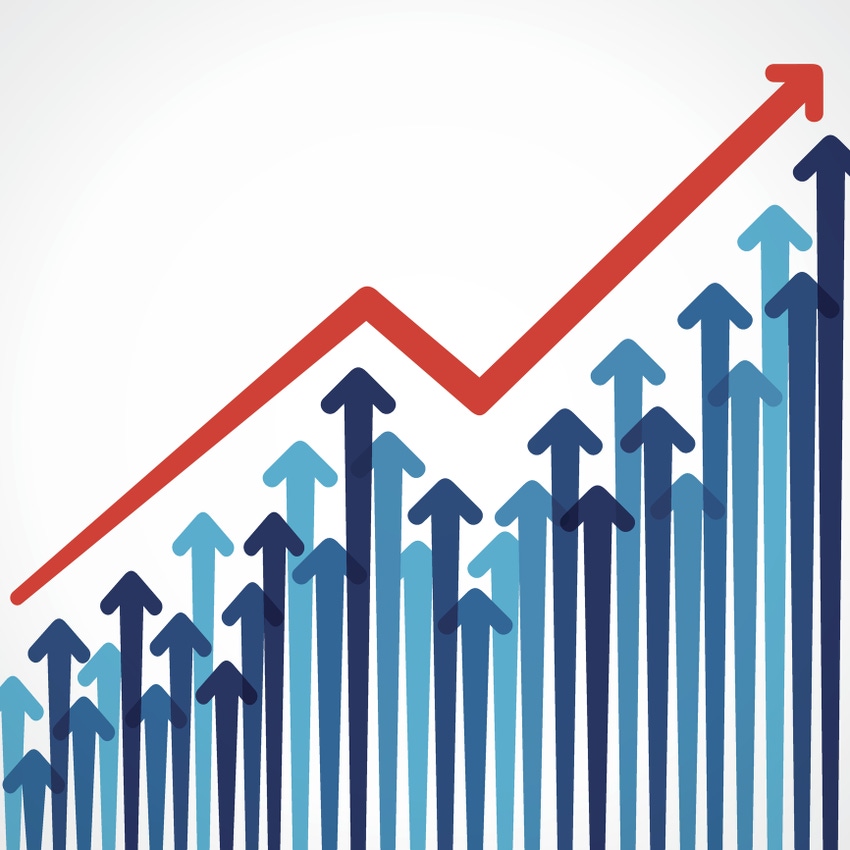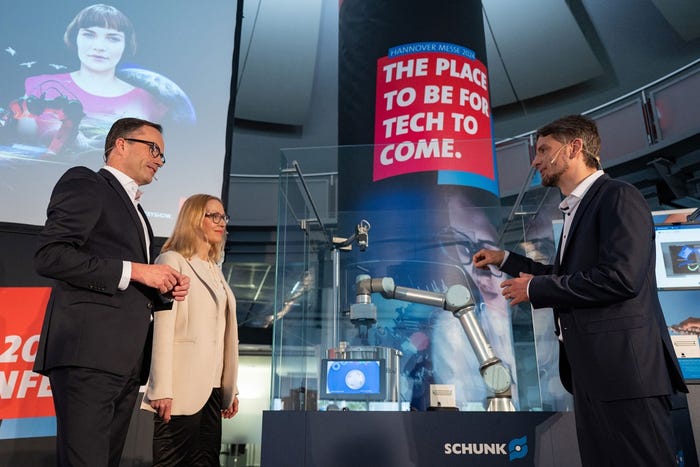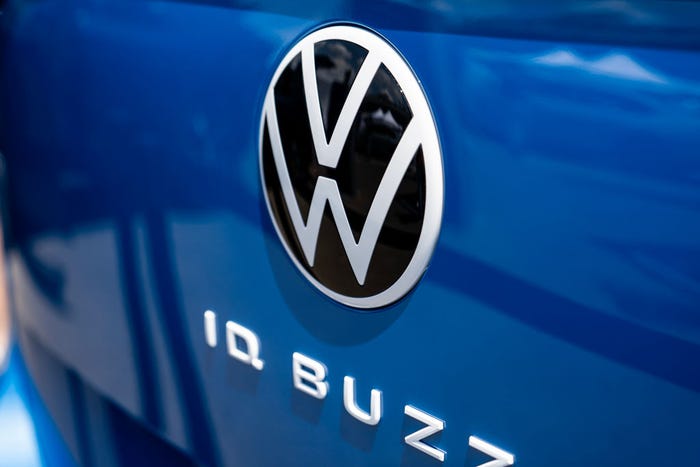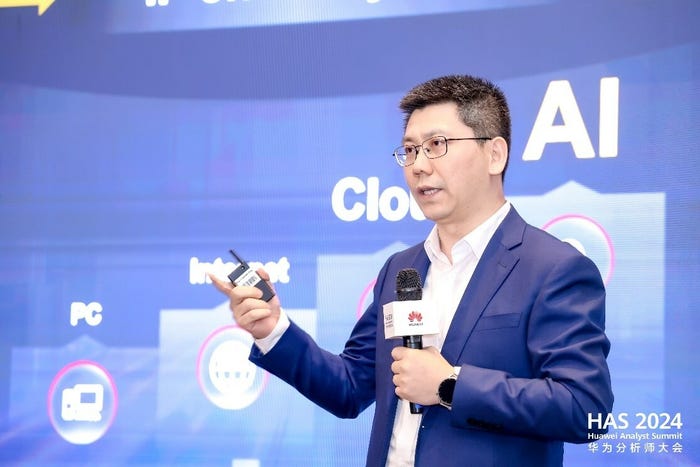From energy to education, here are the areas that figure most prominently in realizing “smart nation” goals.
August 30, 2016

By John Tuccillo
By 2030, the Industrial Internet could drive $7.1 trillion in incremental revenue in the U.S. alone, with China, Germany and the UK each poised to reap their own 12- and 13-figure gains, according to Accenture’s 2015 research report “Winning with the Industrial Internet of Things.”
Countries around the world are embedding digitization (including IIoT) into their respective national technology plans or frameworks to advance economic and societal well-being. Singapore? “Smart Nation.” Germany? “Industrie 4.0.” China? “Made in China 2025.” India? “Make in India.” The U.S.? The “Smart Cities Initiative” and a draft IIoT framework expected later this year.
What these national frameworks have in common – and we could list dozens more – is investment in people, education, research and technology to develop and fully leverage IIoT solutions. The centrality of IIoT in national plans is often manifested in high-profile “smart” initiatives, such as smart factories, smart cities or smart grid, designed to drive efficiencies and stimulate growth across the economy.
At the Industrial Internet Consortium (IIC), we have seen far-ranging interest in creating IIoT applications that invigorate and improve the staples of national and pan-national economic development, including energy, healthcare, agriculture, transportation, manufacturing and education. Making any of these key economic pillars more efficient, safe, and productive would likely spur GDP gains.
As an indicator of this interest, IIC has approved more than 40 new “testbeds” in just the last year. These are our working laboratories for the testing and ongoing development of IIoT applications. Based on our experiences to date, and those of the broader IIoT market, here is a closer look at some of the areas poised to make the biggest economic impact:
1. Boosting the IQ of Energy and Energy Infrastructure
From smart pipelines to smart meters and the smart grid, every aspect of energy generation and transmission is being made safer, greener, more dependable and efficient through IIoT to serve a world hungry for power. IIoT is not only driving advancements in distributed energy (think solar and energy storage) and grid communications, but it is also improving key operational processes, including remote monitoring, predictive maintenance, advanced control, and safety and security. We call it Smart Energy. Each of these elements enhances the uptime, performance and safety of energy assets through the use of software, sensors, connectivity and data analytics.
2. Driving Efficiency Through Connected Healthcare
With life expectancy increasing and average healthcare spending averaging above 10% of GDP at a national level across the globe (source: Deloitte 2016 Global Healthcare Outlook), the pressure on governments to reduce healthcare costs while expanding coverage and improving care for citizens will continue to intensify. IIoT holds the key to improving the delivery of vital health services through better connectivity and data sharing, attributes at the fore of IIC’s Connected Care testbed.
Here, members are focused on creating an open IIoT healthcare ecosystem for remote/home monitoring of patients, giving them the option of living at home with the added security of remote management of their chronic conditions. This holds the potential to create a cost-effective solution for patients and their families, while providing caregivers the opportunity to provide continuous and effective care beyond their office.
3. Data-Driven Agriculture
With the United Nations forecasting today’s population of 7.4 billion cresting the 11 billion mark by 2100, successfully making agriculture more productive, resilient and sustainable is paramount to our survival, and IIoT is at the forefront of this thinking. In IIC’s Precision Crop Management testbed, vendors are collaborating to develop better ways of increasing crop yields while reducing costs in an effort to impact world hunger. The approach involves the integration of aerial imagery and multiple sensor technologies to provide a 360-degree view of crops, the near real-time, 24/7 transmission of data via mesh/cellular networks, and the ability to analyze that data to detect crop abnormalities early on so corrective actions can be taken.
4. Cutting Waste in Transportation
Whether moving goods or people, transportation is central to the smooth running of any economy or society, with far-reaching impacts on productivity, health and climate. First movers in IIoT are aggressively looking to:
Create transportation systems that can sense and respond to changes in real time;
Increase operational efficiencies and public safety, reduce fleet downtime and enable preventive maintenance of faulty and soon-to-fail parts by analyzing and reacting to data created by engines and sensors monitoring the surrounding environment (temperature, humidity, air pressure, etc.); and
Identify more efficient routes and improve fuel efficiency through capacity analytics
5. Manufacturing and the Debut of the Smart Factor
An obvious sweet spot for the application of Industrial IoT innovation, manufacturing today is quickly evolving towards the smart factory of the future. IIoT has the capacity to dramatically improve efficiencies and outputs in the production process and throughout the supply chain. Through IIoT, manufacturing processes will govern themselves with intelligent machines and devices that can take corrective action to avoid unscheduled breakdowns. Individual parts will be automatically replenished based on real-time data, and every handheld digital device in the factory will report the status of every fixed device, giving personnel mobile access to real-time, actionable information. Wearable sensors will track the location of each employee in the factory, in case of emergency. And that’s just scratching the surface.
6. The Connected Classroom and the Transformation of Education
The strategic role of education in bringing IIoT solutions to fruition cannot be understated. How students learn will greatly be impacted by IIoT as more connected classrooms come online and more connected devices enable students to interact with content more immersively, untethered from text books. Not only will IIoT have a transformative effect on education, education will play an important role in delivering IIoT. Countries will need to double down on their investment in STEM education to both drive IIoT innovation and reap the most benefit from it. Today, this dependency is evident in the U.S., where many openings for high-paying manufacturing jobs remain unfilled because of the lack of qualified workers.
Across every national plan being developed, the potential of IIoT to drive efficiencies and stimulate economic development depends on cooperation. IIoT is not just a technology story. It is a story of wide-scale technology enablement driven by the mutual needs and investments of industry and society alike, a true collaboration between the private and public sectors.
Author John Tuccillo is the Industrial Internet Consortium Chair and SVP of Global Industry and Government Affairs at Schneider Electric.
You May Also Like



.png?width=300&auto=webp&quality=80&disable=upscale)


.png?width=300&auto=webp&quality=80&disable=upscale)